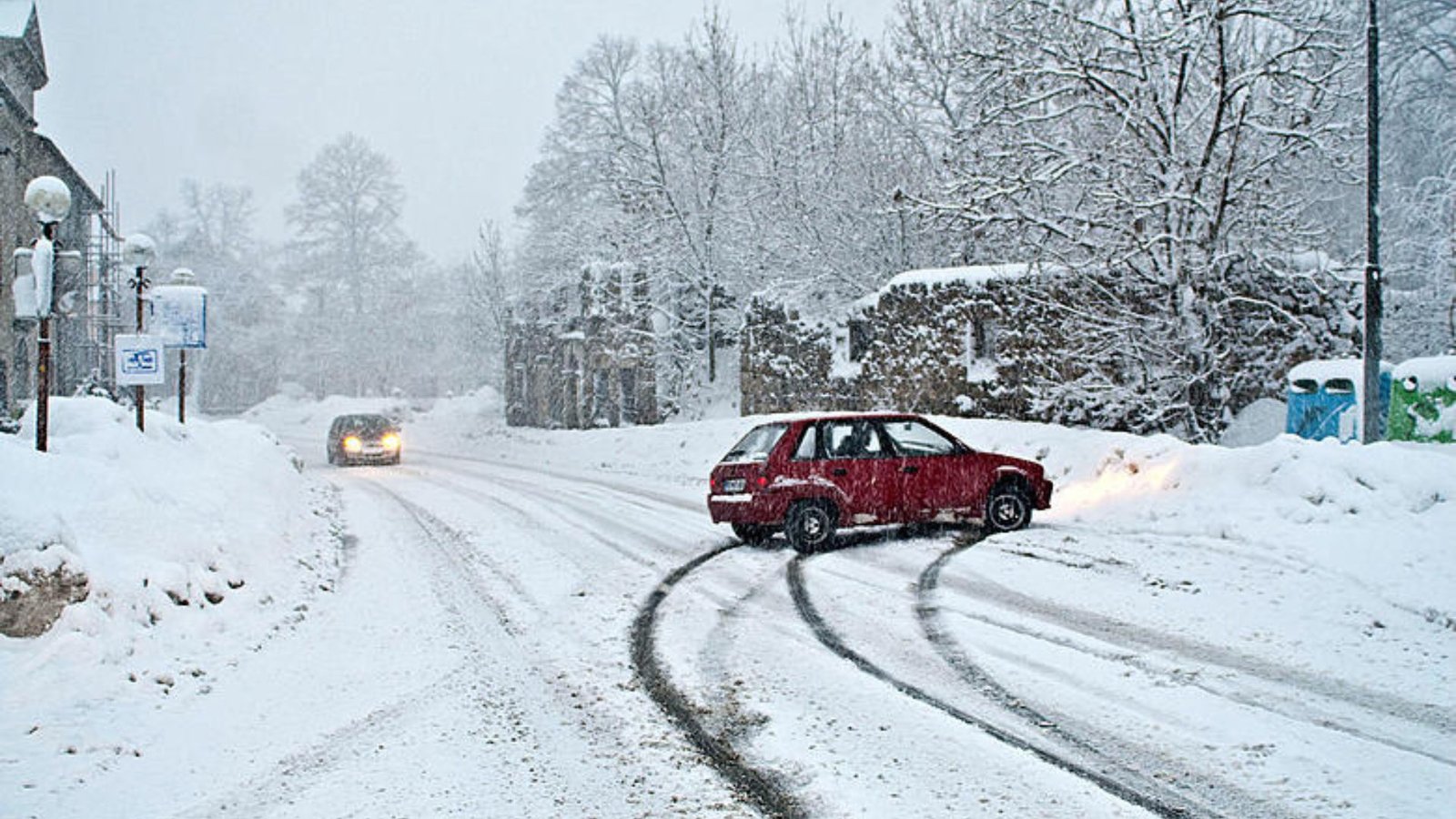Tips for Driving Manual Cars in Snow and Ice
Driving manual cars in snow and ice can be a challenging task, especially if you’re not used to handling a stick shift in slippery conditions. Manual transmissions offer a level of control that can be advantageous in winter driving, but they also require more skill to manage effectively. If you want to ensure a safe and smooth driving experience in these conditions, here are some essential tips for driving manual cars in snow and ice.
Understanding the Basics of Driving Manual Cars in Snow and Ice
When it comes to driving manual cars in snow and ice, the key is to adapt your driving style to the conditions. Manual transmissions allow for precise control over gear selection, which can help you manage traction and stability. However, it’s crucial to adjust your driving habits to account for the reduced grip on icy and snowy roads.

1. Start Smoothly
One of the first things to consider when driving manual cars in snow and ice is how you start moving from a stop. Begin by gently engaging the clutch and slowly releasing it while gradually pressing the accelerator. Sudden or aggressive movements can cause wheel spin, making it harder to gain traction. A smooth start helps maintain control and prevents unnecessary skidding.
2. Use Higher Gears
In snowy and icy conditions, it’s often beneficial to use higher gears. Higher gears provide better control and reduce the likelihood of wheel spin. When driving at lower speeds, try to stay in second or third gear rather than first. This approach helps to maintain traction and stability on slippery surfaces.
3. Avoid Heavy Acceleration
Heavy acceleration can easily lead to wheel spin when driving on ice or snow. Instead, apply the accelerator gently and progressively. This technique allows for smoother power delivery and reduces the risk of losing traction. Remember that driving slowly and steadily is crucial for maintaining control in winter conditions.
4. Be Gentle with the Brakes
Braking smoothly is just as important as accelerating gently. When driving manual cars in snow and ice, avoid sudden or harsh braking, as it can cause the wheels to lock up and lead to skidding. Instead, use gradual and controlled braking to slow down safely. If you need to stop quickly, try to pump the brakes gently if your car doesn’t have ABS (Anti-lock Braking System).
5. Downshift Gradually
When slowing down or descending hills, downshifting gradually can help maintain control. Instead of braking heavily, use engine braking by downshifting to a lower gear. This approach reduces the reliance on your brakes and helps you maintain better control of your speed on slippery surfaces.
6. Keep a Safe Distance
Maintaining a safe distance from other vehicles is crucial in winter driving. Allow extra space between you and the car in front to give yourself more time to react. This is particularly important when driving manual cars in snow and ice, as stopping distances can be significantly longer on slippery roads.
7. Steer Smoothly
Steering smoothly is essential for maintaining control on icy and snowy roads. Avoid sudden or sharp turns, as they can cause your wheels to lose grip. Instead, steer gently and make gradual adjustments to your direction. Smooth steering helps keep your vehicle on course and reduces the risk of skidding.
8. Use the Handbrake Carefully
The handbrake can be useful for controlling your vehicle on steep inclines or when stopped on a hill. However, use it carefully to avoid locking up the rear wheels. When starting on a hill, gently release the clutch while simultaneously releasing the handbrake to prevent rolling back.
9. Monitor Your Tire Condition
Proper tire maintenance is crucial for driving manual cars in snow and ice. Ensure your tires are in good condition and have sufficient tread depth for winter driving. Consider using winter tires designed for better traction on snowy and icy surfaces. Well-maintained tires provide better grip and help you stay in control.
10. Know When to Seek Help
Sometimes, despite your best efforts, driving conditions can become too hazardous. If the roads are extremely icy or the visibility is poor, it may be best to avoid driving altogether. If you find yourself in a situation where you’re unsure about your safety, don’t hesitate to seek help or wait until conditions improve.
Conclusion
Driving manual cars in snow and ice requires careful attention to your driving techniques and vehicle handling. By starting smoothly, using higher gears, avoiding heavy acceleration, and steering gently, you can maintain better control and safety on slippery roads. Remember to keep a safe distance, monitor your tire condition, and know when to seek help if necessary. With these tips, you can confidently navigate winter conditions and make the most of your manual transmission vehicle.

